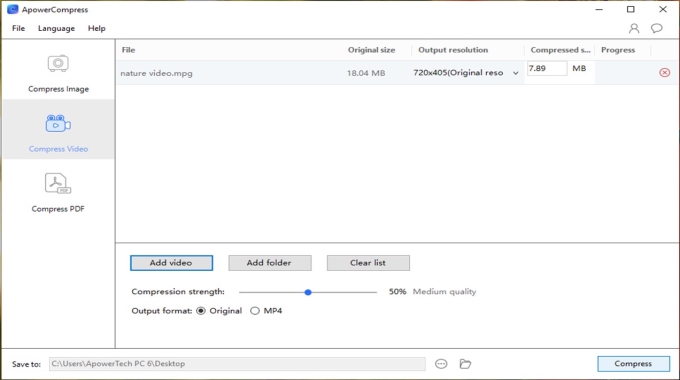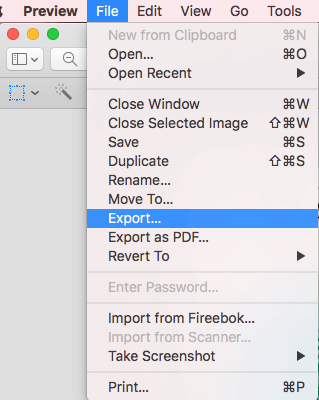
- HOW TO COMPRESS PICTURE WITHOUT LOSING QUALITY HOW TO
- HOW TO COMPRESS PICTURE WITHOUT LOSING QUALITY CODE
- HOW TO COMPRESS PICTURE WITHOUT LOSING QUALITY PROFESSIONAL
On the flip side, a site that loads quickly lets the user view your content with ease. 53% of mobile users will close your site if it doesn’t load in three seconds. It can be infuriating, causing users to exit the site before the content even loads. Faster page speed = better user experienceĮveryone has experienced a website that takes forever to load.Your website’s page speed is essential for two main reasons: But again, nothing will get you results like image compression. If you want to dive deeper into page speed mechanics, you can also try to reduce redirects, use web fonts, and minimize unnecessary pieces of code, like comments or extra spaces. If you resize images for the web, you can reduce the bytes in an image to make them load faster. Images can be some of the heaviest components of a website, meaning they are made up of more bytes and therefore take longer for a browser to download. You might also hear this process referred to as “resizing an image” or “optimizing an image.” It is particularly important to resize images for the web because it will positively impact page speed. Image compression is the process of reducing an image file size so that it takes up less space.
HOW TO COMPRESS PICTURE WITHOUT LOSING QUALITY CODE
You don’t have to be familiar with design or code to do so. Anyone can reduce image file sizes using our online photo editor. This process is called image compression. The easiest and most direct way to help your page speed is to reduce image file size.
HOW TO COMPRESS PICTURE WITHOUT LOSING QUALITY HOW TO
How to Improve Your Page Speed Resizing your images will help you optimize your page. It makes sense that the more bytes used to make up a web page, the longer the page will take to load. Everything on a page, from images and text to animations and navigation menus, takes up a certain amount of disk space measured in bytes. When you navigate to a website page, your browser downloads information from that page in units called bytes (e.g., kilobytes, megabytes). We measure page speed by load time or the amount of time it takes for the browser to display all of the content on a page. Learn more about the factors that affect image display for the web in our image resolution post.Īgain, you want to adjust these components so you can keep your page speed as fast as possible. Compressing an image involves limiting the file size by reducing the quality or removing hidden elements of an image.
HOW TO COMPRESS PICTURE WITHOUT LOSING QUALITY PROFESSIONAL
The larger the dimensions are for your image, the more professional your image will look, but the larger the file size will be.



The larger the files, the more work your web page has to do. Why would your image files take a long time to load? The primary reason is your images’ file sizes.

The Main Components of File Size Larger files take longer to load, but smaller files are lower quality. To beat this, you need to learn how to resize images for the web. They can take a long time to load, which negatively impacts the user experience and your search engine rankings. But, those same images might be harming your site. They keep users engaged and make a website, blog post, banner ad, or email look professional. Learn how to resize images for web use and discover the tools you need to make it happen. Make your site faster and easier to use by optimizing images.


 0 kommentar(er)
0 kommentar(er)
